| |
|
|
| |
Reading the water.
Fri 17th February, 2012
|
|
|
|
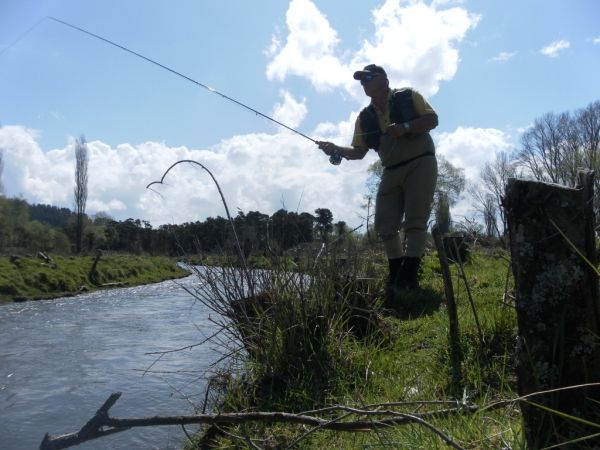
Hi Guys its going to be at least three months before my enforced vacation is over, so apologies but no proper reports until then. In the mean-time I've taken this from another part of the site.
When you arrive at the water's edge full of anticipation and begin stripping line off ready for your first cast of the day where in the river you finally decide to plonk those flies is probably one of the most important skills you will learn when you start fly fishing. When I first became interested in trout fishing as a lad the old Welsh angler that took me under his wing often remarked "if there are no fish there... then you ain't gonna catch em." It seems pretty obvious but it took me a while before the penny dropped and I fully understood what that meant.
Not all parts of a river will consistently hold fish. Understanding a little bit about the trout, its preferred habitat and observing some of the physical characteristics of the river is called reading the water. Using this information you will eventually become better at recognising the more productive areas and be able to cover more fish. It works every time...well some of the time. 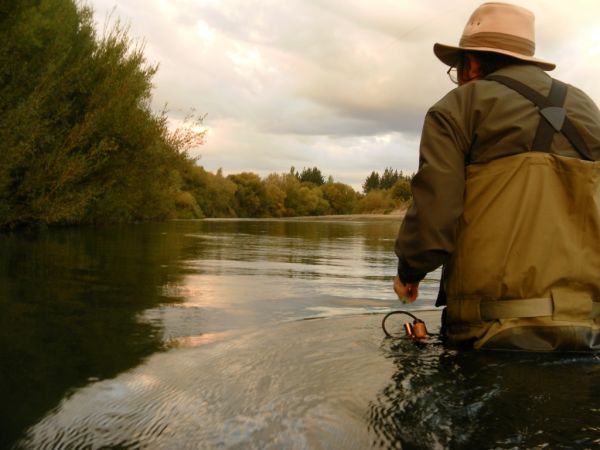
I think anglers sometimes credit fish with a lot more intelligence than they actually possess. Trout have small brains and have very simple needs. Like all living things they require only
a few basics in order to survive, shelter/cover, a good food supply and oxygen. If you consistently seek out areas where most of these boxes are ticked you will be giving yourself more chances to hook a fish or two.
It's generally accepted that trout in normal conditions prefer water with a depth of three feet or greater. You will often see fish in much shallower water but in these situations they will be more easily spooked. 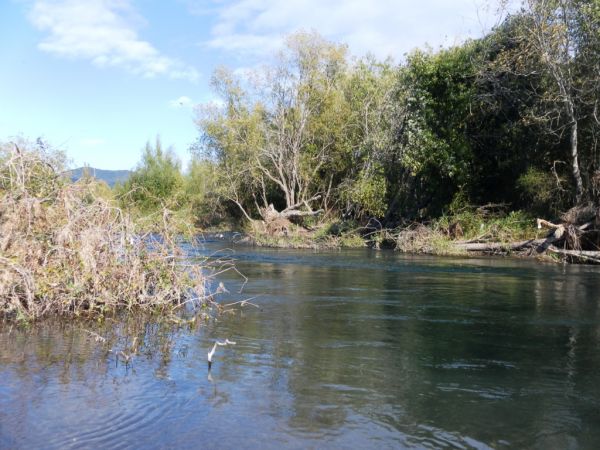
Where ever you are on the river the best lies will always have some form of shelter from danger near at hand...this could be deeper water...under-water debris...overhanging trees...anything that offers them a sanctuary if they feel threatened. 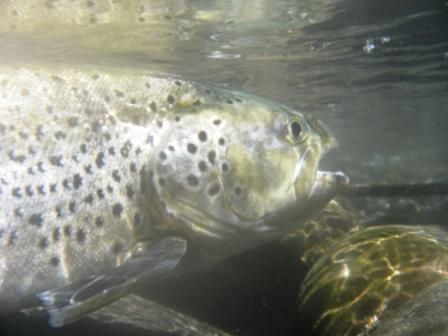
I remember a fish down-river which had taken up a feeding station in slower fairly shallow water on the inside of a bend . The bottom there consisted mainly of smaller stones with a single larger rock about the size of a half submerged foot-ball close to the main current.
This brown had decided that this particular rock belonged to him providing even more shelter from the current. Tucked in behind it he could use minimum energy to maintain his position near the main flow and constant food supply. He also had plenty of time to inspect any of my offerings and although I tried on a number of occasions they were always refused . As soon as he became aware of my presence he would slide away into the safety of the deeper water near by only to return when he was convinced all hint of danger had gone. Once trout are spooked they won't begin feeding again until that fear subsides. Even if you can see still see them in their hiding place you will be better off moving elsewhere to allow them time to settle back into their feeding routine.
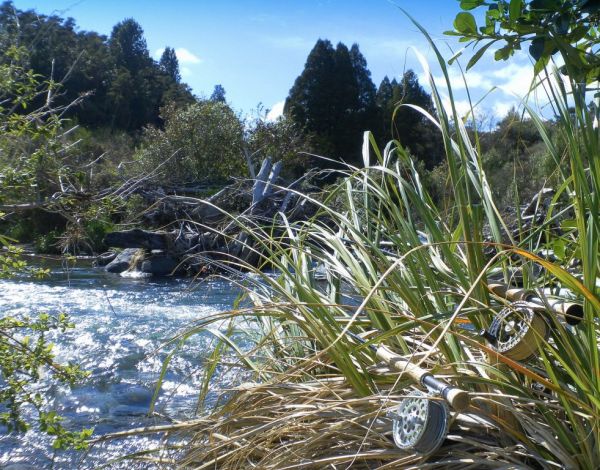
Part two next time.
Tight lines
Mike |
|
|
| Back to Top |
|
|
|
|
|
|
|